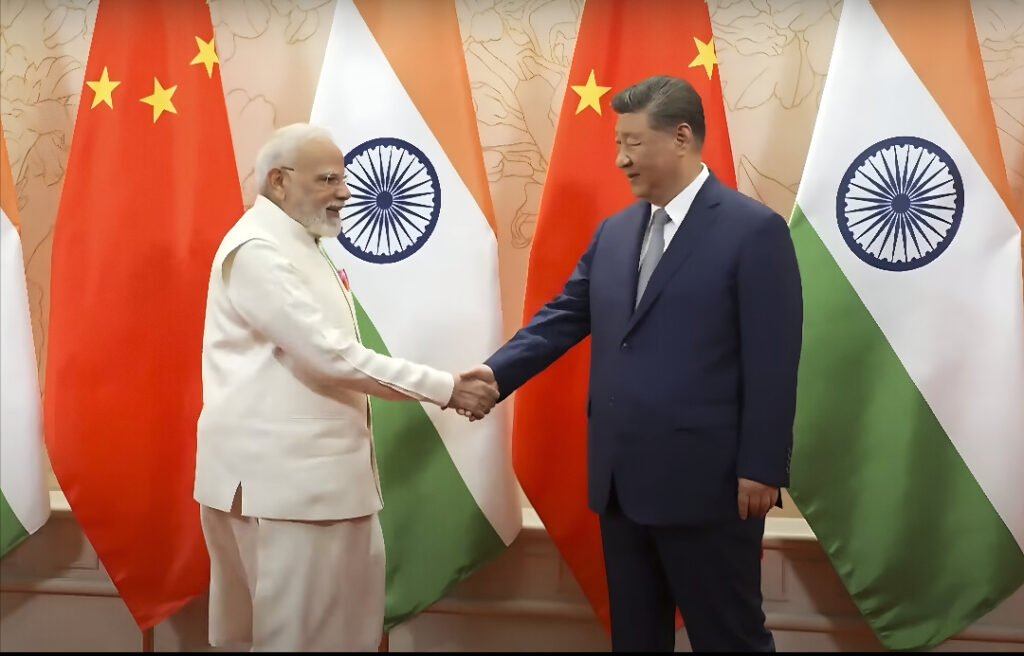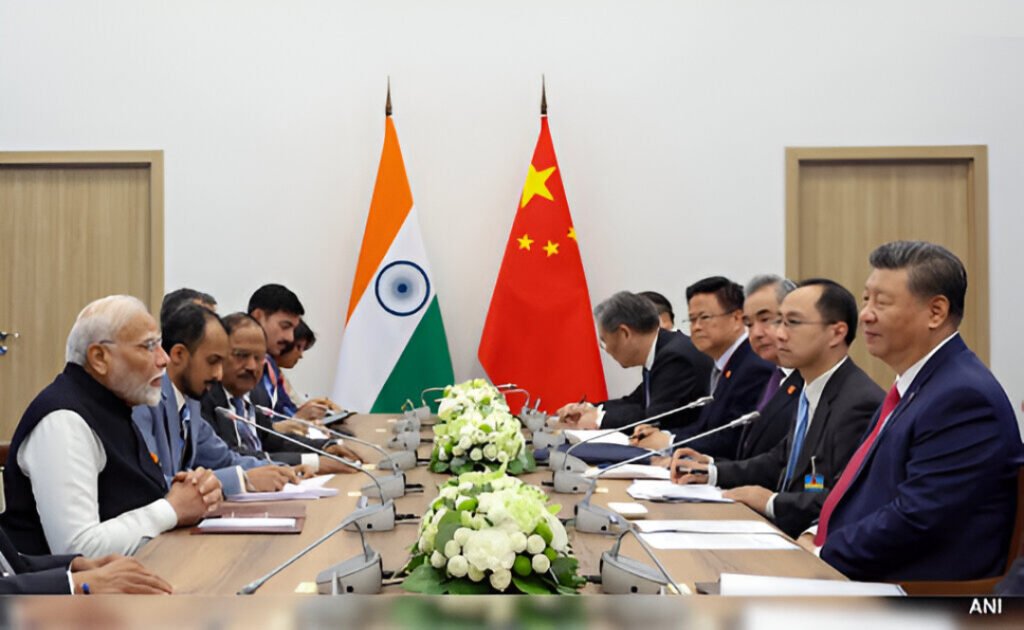Prime Minister Narendra Modi departed Tianjin for New Delhi on 1 September 2025, after attending the 25th SCO Summit and holding bilateral talks with Chinese President Xi Jinping that New Delhi described as “productive.”

Modi’s return marks the end of a high-visibility Asian tour that included Tokyo and Tianjin and puts India–China relations back on a diplomatic track after years of border tensions. The meetings yielded an explicit commitment to address border differences, expanded cooperation in trade and technology, and a public signalling of mutual restraint—outcomes with regional security and economic implications.
Highlights of the visit: what was agreed and said
On the sidelines of the Shanghai Cooperation Organisation summit, Modi held a bilateral meeting with Xi in which both leaders emphasized that India and China are “partners, not rivals” and underlined their intent to resolve outstanding border issues through dialogue. New Delhi’s readout said Modi thanked President Xi and the Chinese government for the successful organization of the summit and described discussions across security, trade, and multilateral cooperation as productive.
Details & diplomatic context
The Tianjin gathering—described by hosts as one of the largest SCO meetings to date—brought together more than 20 heads of state and focused on development strategy, counter-terrorism, and reform of global governance. India used the platform both to voice concerns on regional stability and to advance cooperation on economic and infrastructure projects. Modi also held multiple bilateral meetings, including with Russia’s Vladimir Putin and leaders from Central and West Asia, reinforcing India’s multi-vector diplomacy.
Why the visit is strategic for India
This was Modi’s first trip to China in seven years and the first high-level engagement between the two leaders since tensions along the Line of Actual Control eased from their 2020 peak. For India, the summit offered an opportunity to secure assurances on de-escalation while preserving New Delhi’s strategic autonomy amid shifting global alignments. For Beijing, the optics of cordial diplomacy with New Delhi—alongside hosting major powers—reinforced China’s claim to regional leadership.

Key quotes and official readouts
- Modi: New Delhi’s official statements thanked China’s presidency of the SCO and described dialogues as “productive,” signalling satisfaction with the outcomes.
- Xi & Modi: Both leaders publicly said they would work to resolve border differences and bolster cooperation—a line emphasized in media coverage and diplomatic readouts.
Practical outcomes and immediate deliverables
While the visit did not produce a headline trade pact, officials flagged several practical steps: renewed working-level talks on border management, expanded people-to-people and business exchanges, and invitations to deepen multilateral collaboration under SCO and BRICS frameworks. Modi reportedly invited President Xi to an upcoming BRICS meeting, an exchange that underlines the reciprocal nature of the outreach. Technical committees and joint working groups on trade and technology cooperation are expected to follow the leaders’ political guidance.
What’s next—follow-up, timelines, and watch points
- Working groups & timelines: Expect the ministries of external affairs, defense, and commerce to meet Chinese counterparts to convert summit-level assurances into work plans—including border-management protocols and trade facilitation measures.
- Monitoring on the ground: The crucial gauge will be reduced incidents along the Line of Actual Control and steady progress in commander-level and diplomatic talks. Independent verification via routine military channels and third-party reporting will matter for trust-building.
- Multilateral sequencing: Modi’s engagement at SCO precedes other regional engagements; any firm follow-ups or high-level visits (for example, an invitation acceptance) will be closely watched as signals of deeper rapprochement.

Attribution & sources
According to the Ministry of External Affairs press release and live reporting from international outlets, Prime Minister Modi participated in the SCO summit in Tianjin, held bilateral talks with President Xi, and departed China after what New Delhi described as a productive visit. Coverage and on-the-record quotes were reported by MEA, Reuters, and AP.
Conclusion
Modi’s Tianjin stop—capped by bilateral engagement with Xi and a public commitment to address borders and boost cooperation—is a pragmatic reset rather than a strategic pivot. The real test will be in implementation: whether working groups translate political statements into verifiable steps that reduce tensions and expand trade and technology ties. If Delhi and Beijing follow through, the visit could mark a modest but meaningful thaw in a relationship that matters for regional stability and economic growth.











